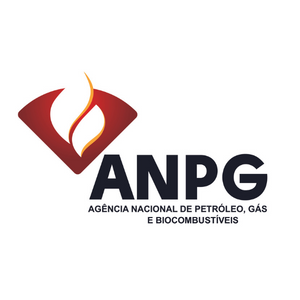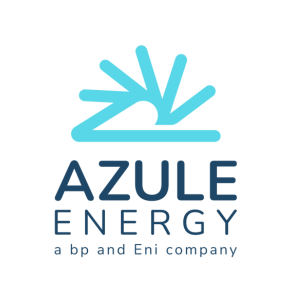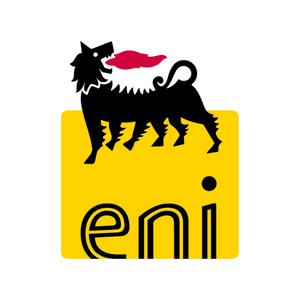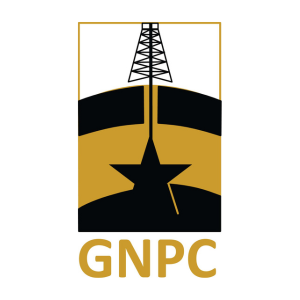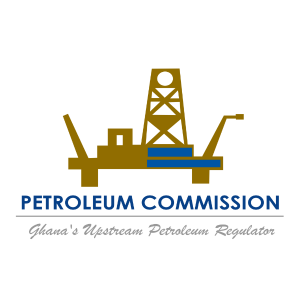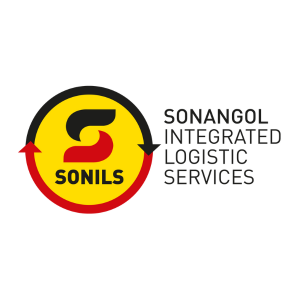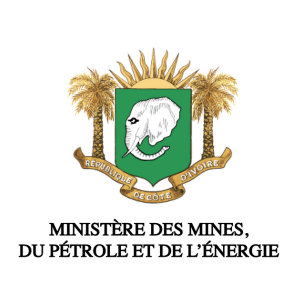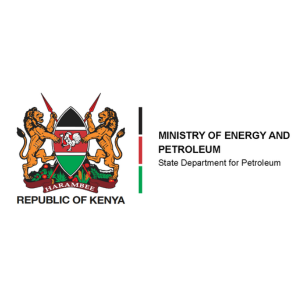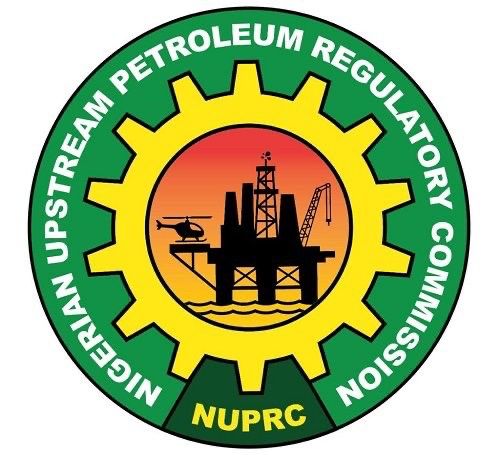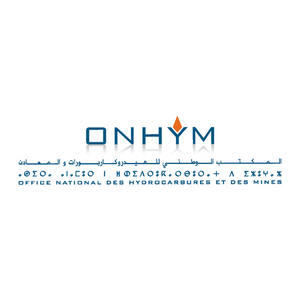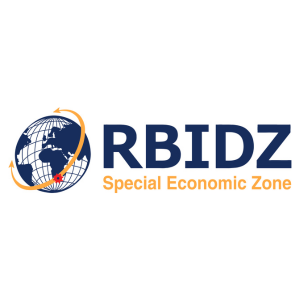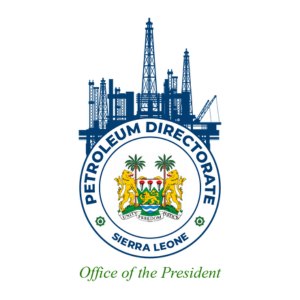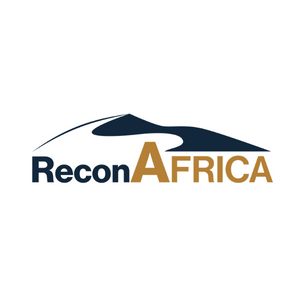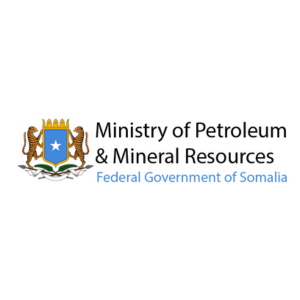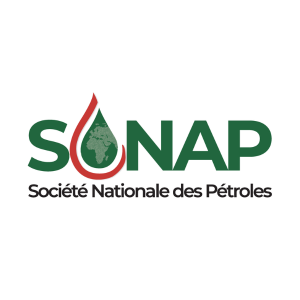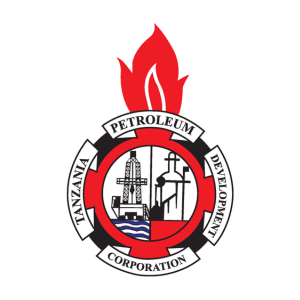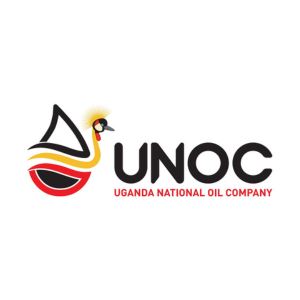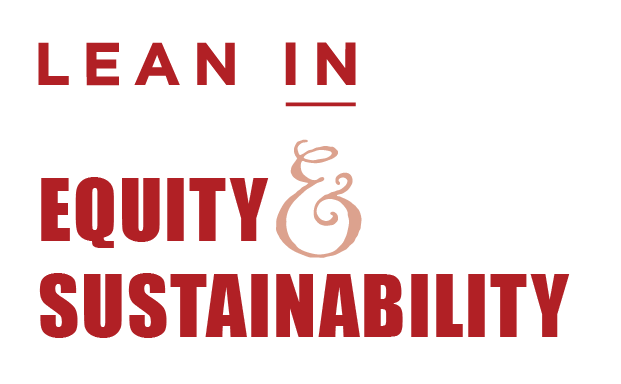This article has been kindly authored by Thomas B. Murphy, Director, Penn State Marcellus Center for Outreach and Research.
Over the last 15 years, there have been a considerable number of global initiatives to explore for and develop onshore unconventional natural gas resources, more commonly referred to as shale gas. Most of the more active efforts have occurred in the Americas, but they have gained a foothold in a number of locations around the world, including in several countries in Africa.
As a Penn State University energy team, which has worked extensively on a holistic array of associated implications, we have seen a number of specific issues commonly rise to the surface in jurisdictions considering new shale gas exploration and production. These issues can be summed up into five broad categories: workforce and economic development, environmental regulations, land use planning, governance, and social license to operate. Incorporating them into an actionable national roadmap is an important first step to creating a successful outcome and more rapid move to greater energy security.
There is a long list of possible subtopics of interest but a “top 12” list should include:
As baseline assessments are being considered during the upfront planning phase, it is also important to institute an environmental baseline study to better understand the current state of key aspects of the environment, prior to any wholesale changes possibly stemming from shale gas exploration and extraction. The parameters considered should certainly include: water, air, vegetative cover, current environmental monitoring processes and regulations, and landscape scale assessments, such as regional watersheds. During this same time, a review that would search for successful global environmental regulation protocols which could be adaptable to the local situation might also be completed. Beyond this, we’ve seen that countries experiencing more successful outcomes have conducted baseline assessments to examine: potential wildlife impacts, cultural considerations, present and projected infrastructure demands, technology needs, SME capacities, housing, educational opportunities, and more.
Long term planning always has value to a community in the midst of change. Gas energy development, which is in its nature widespread and uses constantly evolving technologies, can create even more benefit to communities when governments looks not solely at what is proposed, but also what is just over the horizon. To achieve success, government planners may want to focus on comprehensive planning, taking analogous experiences from other global jurisdictions, and adapting them to account for local conditions, culture, economy, and topography.
Lastly, it is important to consider what has become possibly the most important aspect of any type of new energy development, creating social license to operate (SLO). SLO is not the same as acquiring a permit to conduct exploration or production activities. Instead, it is a permit or “permission” which is granted to the exploration company and the government agencies they are working with and is derived from the community where the activity will occur. Typically, to achieve SLO, communities need to understand and be confident in the governance structure surrounding the project, the environmental regulatory oversight, the economic value locally, and overall cultural protections to be put in place. In summary, it is a compilation of many of the issues discussed prior and conveyed in a format understandable to the broader public, meaning not in overly legal or engineering terminology.
For those interested in discussing the logical steps in building a national shale energy roadmap, please feel free to contact the author, Tom Murphy, at [email protected].
Gas, especially its role in the energy transition, will be a hot topic at the next Africa Oil Week conference. Learn more about the new Future Energy Series: Africa here.
As a Penn State University energy team, which has worked extensively on a holistic array of associated implications, we have seen a number of specific issues commonly rise to the surface in jurisdictions considering new shale gas exploration and production. These issues can be summed up into five broad categories: workforce and economic development, environmental regulations, land use planning, governance, and social license to operate. Incorporating them into an actionable national roadmap is an important first step to creating a successful outcome and more rapid move to greater energy security.
There is a long list of possible subtopics of interest but a “top 12” list should include:
- Revenue generation, governance, and transparency
- Environmental benchmarking
- Water sourcing, fluid remediation, and waste management
- Workforce needs assessment and training
- Localising economic development
- Comprehensive land use and planning
- Infrastructure needs
- Evolving regulatory protocols and adoption of global best practices
- Managing changing technology
- Stakeholder engagement
- Enhancing local community benefit
- Interagency coordination
As baseline assessments are being considered during the upfront planning phase, it is also important to institute an environmental baseline study to better understand the current state of key aspects of the environment, prior to any wholesale changes possibly stemming from shale gas exploration and extraction. The parameters considered should certainly include: water, air, vegetative cover, current environmental monitoring processes and regulations, and landscape scale assessments, such as regional watersheds. During this same time, a review that would search for successful global environmental regulation protocols which could be adaptable to the local situation might also be completed. Beyond this, we’ve seen that countries experiencing more successful outcomes have conducted baseline assessments to examine: potential wildlife impacts, cultural considerations, present and projected infrastructure demands, technology needs, SME capacities, housing, educational opportunities, and more.
Long term planning always has value to a community in the midst of change. Gas energy development, which is in its nature widespread and uses constantly evolving technologies, can create even more benefit to communities when governments looks not solely at what is proposed, but also what is just over the horizon. To achieve success, government planners may want to focus on comprehensive planning, taking analogous experiences from other global jurisdictions, and adapting them to account for local conditions, culture, economy, and topography.
Lastly, it is important to consider what has become possibly the most important aspect of any type of new energy development, creating social license to operate (SLO). SLO is not the same as acquiring a permit to conduct exploration or production activities. Instead, it is a permit or “permission” which is granted to the exploration company and the government agencies they are working with and is derived from the community where the activity will occur. Typically, to achieve SLO, communities need to understand and be confident in the governance structure surrounding the project, the environmental regulatory oversight, the economic value locally, and overall cultural protections to be put in place. In summary, it is a compilation of many of the issues discussed prior and conveyed in a format understandable to the broader public, meaning not in overly legal or engineering terminology.
For those interested in discussing the logical steps in building a national shale energy roadmap, please feel free to contact the author, Tom Murphy, at [email protected].
Gas, especially its role in the energy transition, will be a hot topic at the next Africa Oil Week conference. Learn more about the new Future Energy Series: Africa here.








